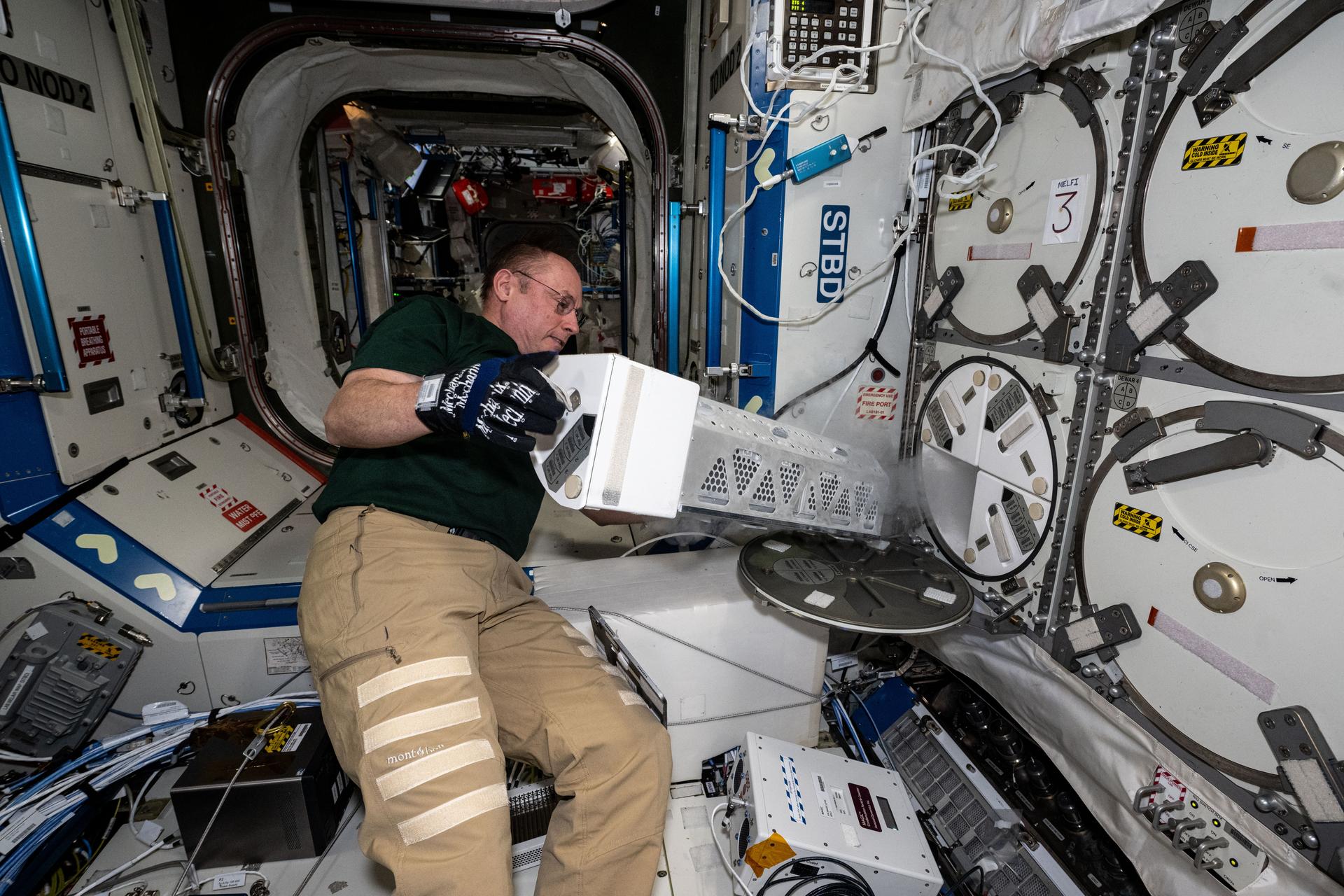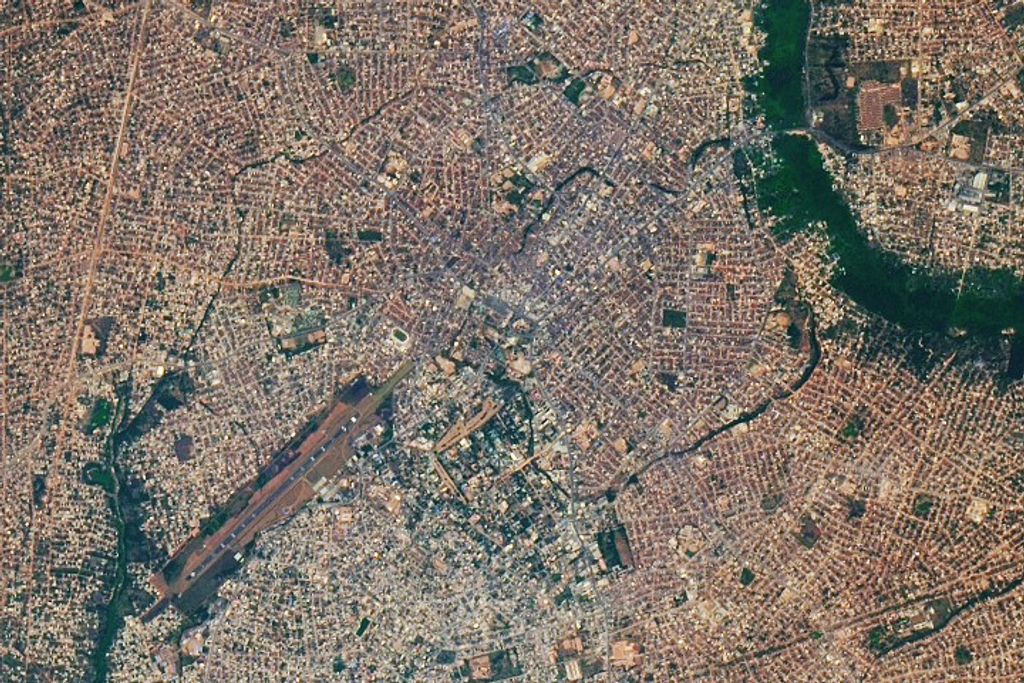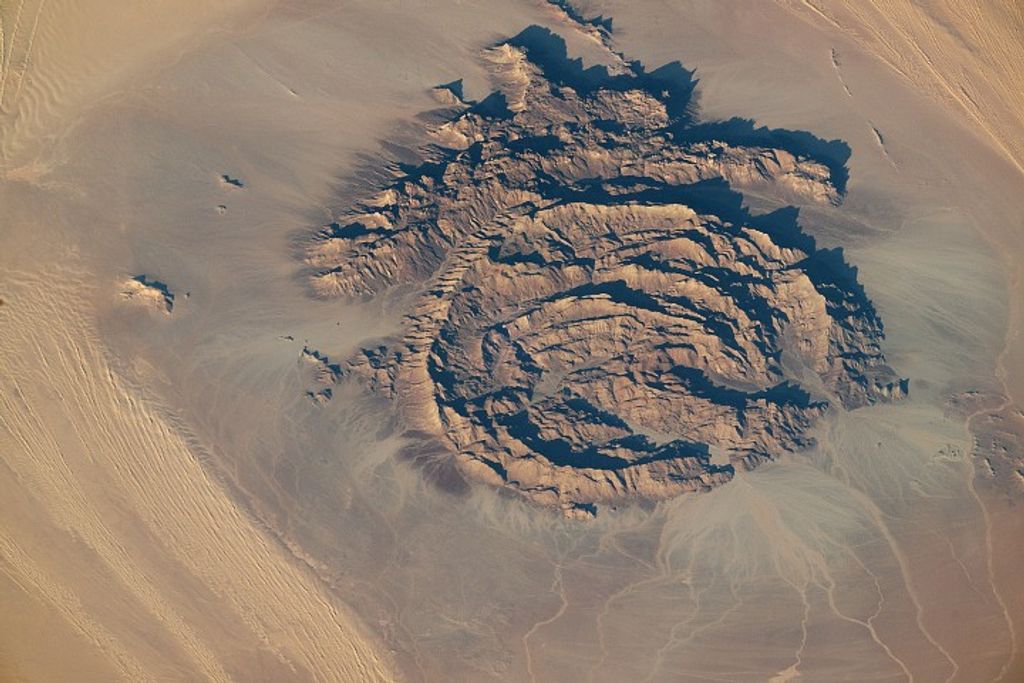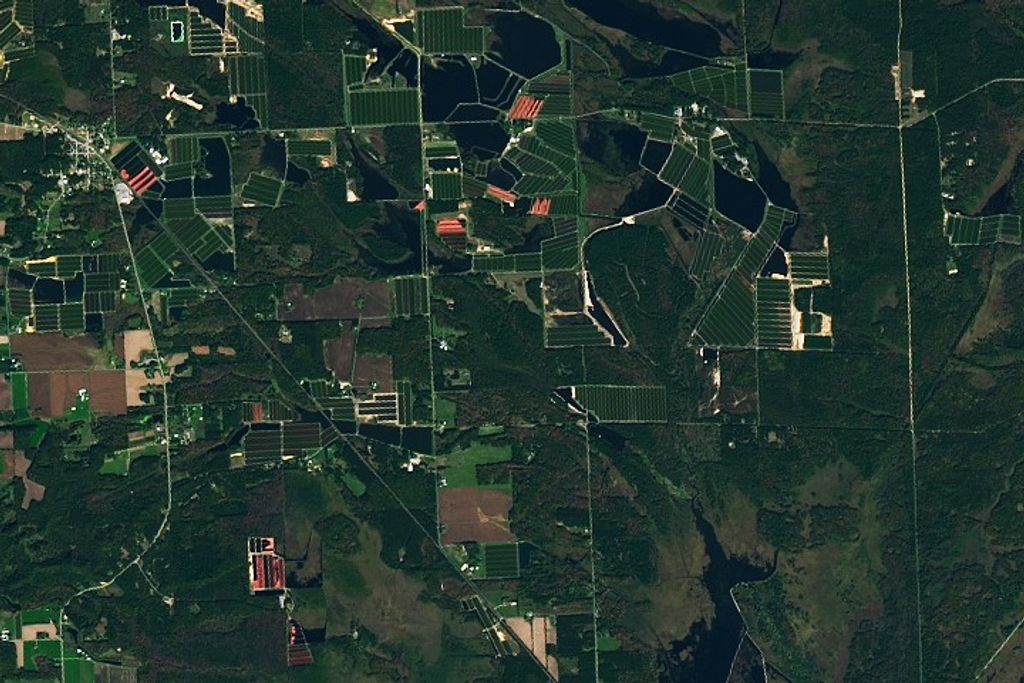Biology, Botany Research Advancing Health as Two Resupply Missions Near Launch

Scientific operations filled the day for the Expedition 73 crew with a wide variety of research advancing human health on and off the Earth. Meanwhile, two rockets on opposite sides of the world stand at their launch pads and are counting down to their lift off to resupply the International Space Station.
Doctors on the ground continuously study what happens to a crew member’s body after months of living and working in microgravity. The voluminous data is measured and collected almost constantly revealing the physical and mental changes an astronaut goes through during the course of a long-term spaceflight. The insights help doctors develop numerous countermeasures to protect crews as NASA and its international partners plan longer missions farther away from Earth to the Moon, Mars, and beyond.
Cardiovascular health in space is a key research topic for scientists studying how the lack of gravity affects an astronaut’s blood flow. NASA Flight Engineer Zena Cardman on Wednesday wore chest electrodes and scanned her leg arteries with an ultrasound device as medical experts from Canada, France, and the U.S. remotely guided the operations. The doctors were looking for signs of space-caused arterial stiffness and changes in cardiac function for the CIPHER human research investigation using the Vascular Echo hardware.
Cardman later partnered with NASA Flight Engineer Jonny Kim and studied how bone stem cells, recently delivered aboard a SpaceX Dragon cargo craft, adapt to microgravity. The duo took turns processing the cell samples in the Destiny laboratory module’s Microgravity Science Glovebox before stowing them inside a science freezer for future analysis. Doctors will use the data gleaned from the experiment to learn how to protect an astronaut’s skeletal system in space and treat aging conditions and bone diseases on Earth.
NASA Flight Engineer Mike Fincke explored ways to produce vitamins and nutrients on spacecraft helping supply adequate nutrition for crews on space missions without reliance on cargo missions launched from Earth. He treated yeast, yogurt, and fermented milk samples then installed them in a research incubator for the BioNutrients-3 investigation seeking to create a biomanufacturing facility to help sustain future space crews.
Another way to sustain and nourish crews too far away from Earth to be resupplied is to grow crops in spaceships or space habitats. Flight Engineer Kimiya Yui of JAXA (Japan Aerospace Exploration Agency) explored space botany studying how plant cells divide in microgravity. He first processed algae cell samples retrieved from a research incubator then stowed them inside a science freezer for future treatment. The cell samples will be imaged inside JAXA’s COSMIC fluorescent microscope to visualize microgravity’s effect on plant cell division and microstructures. Understanding how weightlessness affects plant growth may lead to food crop production techniques on missions to the Moon and Mars.
Station Commander Sergey Ryzhikov and Flight Engineer Alexey Zubritsky, both Roscosmos cosmonauts, joined each other in the Nauka science module configuring physics research gear to study advanced space propulsion systems and plasma-based technologies. Flight Engineer Oleg Platonov started his shift in the Zarya module replacing electronic power components before an afternoon Earth photography session imaging glaciers in South America and mountains in Africa.
Roscosmos’ Progress 93 spacecraft, packed with 2.8 tons of food, fuel, and supplies, sits atop a Soyuz rocket at its launchpad at the Baikonur Cosmodrome in Kazakhstan counting down to a liftoff at 11:54 a.m. EDT on Thursday. It will orbit Earth for two days before docking to the Zvezda service module at 1:27 p.m. on Saturday where it will stay for six months.
Just one day after the Progress 93’s arrival, Northrop Grumman’s Cygnus XL resupply ship will launch atop a SpaceX Falcon 9 rocket at 6:11 p.m. on Sunday, Sept. 14, from Florida’s Cape Canaveral Space Force Station. Cygnus will deliver over 11,000 pounds of new science experiments and station hardware to the orbital outpost. Kim, assisted by Cardman, will be at the cupola’s robotics workstation commanding the Canadarm2 robotic arm to capture the spacecraft at 6:35 a.m. on Wednesday, Sept. 17. Ground controllers will then take over and remotely command Canadarm2 to install Cygnus to the Unity module’s Earth-facing port about an hour-and-a-half later for a six-month stay.
























